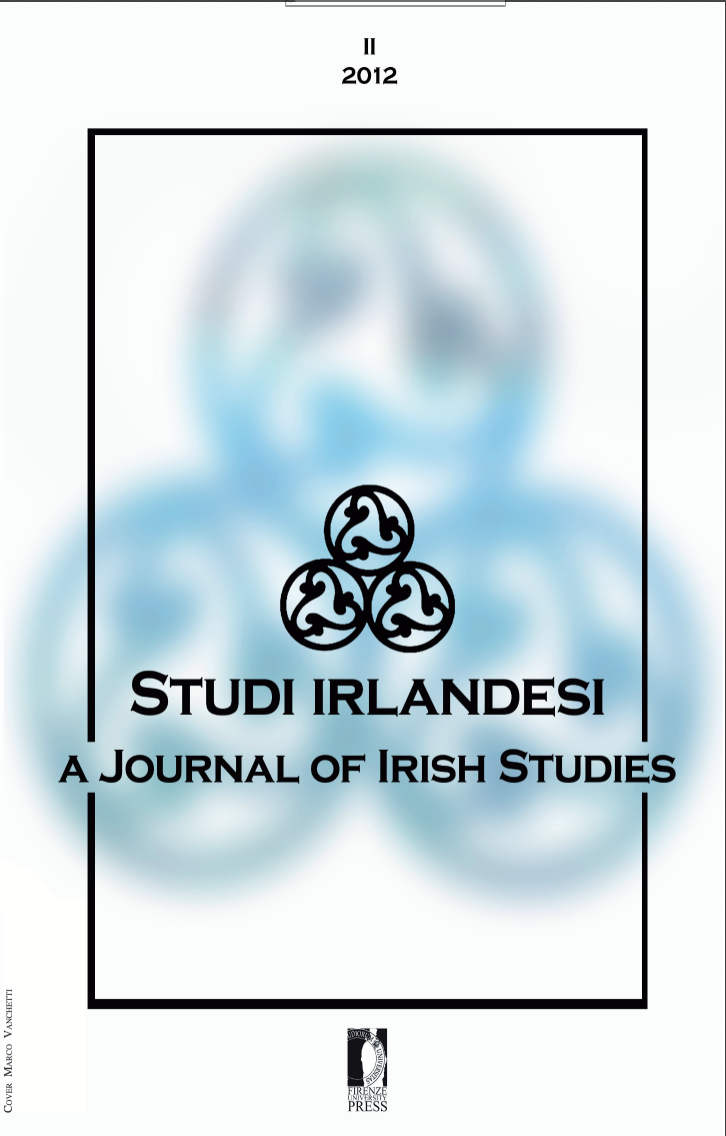Pubblicato 2013-03-07
Come citare
Abstract
Both in his prose and poetry William Butler Yeats showed a life- long interest in the shaping of the self, achieved through a careful rearrangement of experience. Autobiographies is a collection of texts written at different times intentionally arranged by the author not according to the order of composition but to the chronological growth of the subject, from early childhood to the Nobel prize award. Until the period when autobiography started to be recognized as a specific genre with its own rules, this work was resorted to as a support for the study of the author’s production or as a key to discovering his life, disregarding the fact that autobiographical writing is not the narration of a life, but rather a narrative of the self as seen from the present moment of writing. Yeats’s Autobiographies is the narrative of how he struggled to shape his own personal identity as well as the identity of the nation. Life stories flourished in the Revival and post-Revival periods in Ireland, thus testifying to a widely shared belief in the correspondence of individual and national destiny. Along with collective drives, personal reasons also compelled him to look back and write his own autobiography. The author managed to provide a text in which everything, from syntactic to linguistic choices, from his treatment of time and places to his presentation of friends and rivals, combines to give a composite portrait of himself from early expectations to final achievement.


